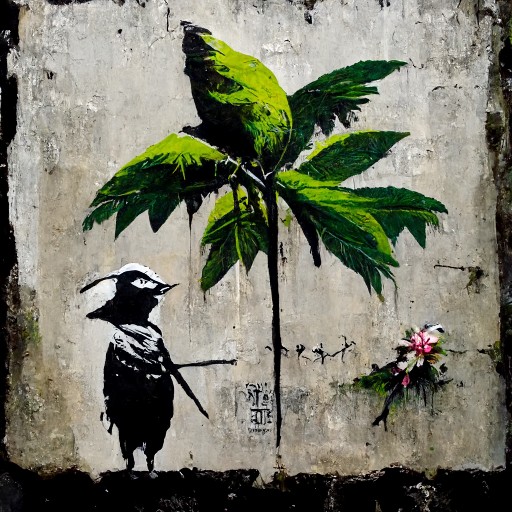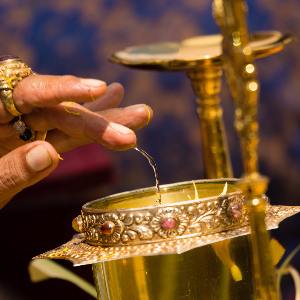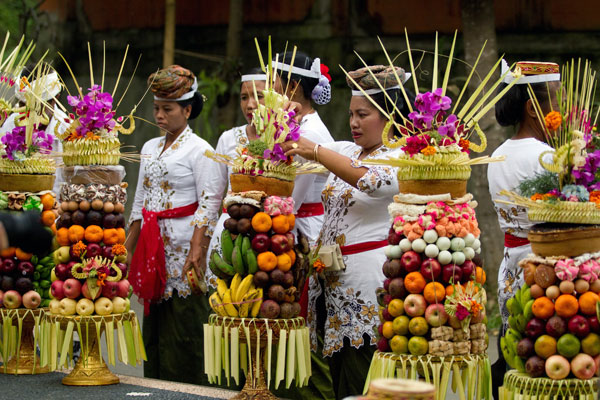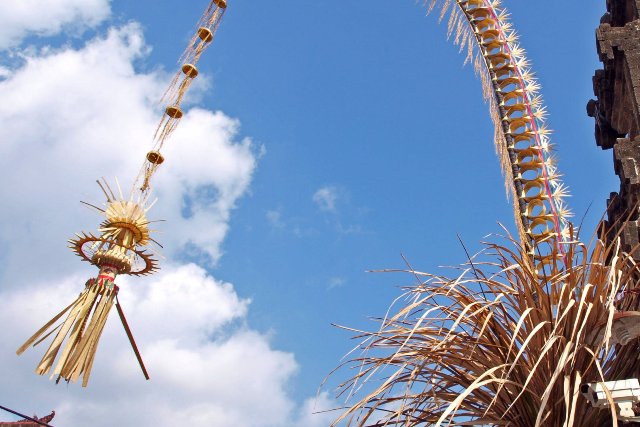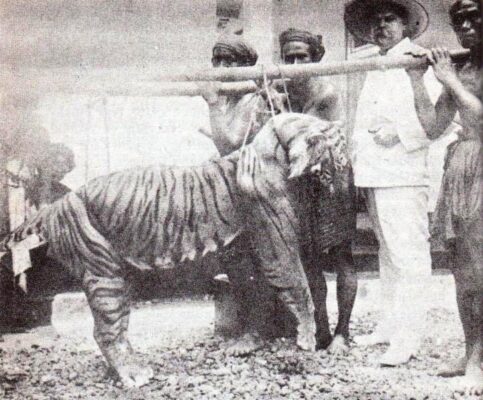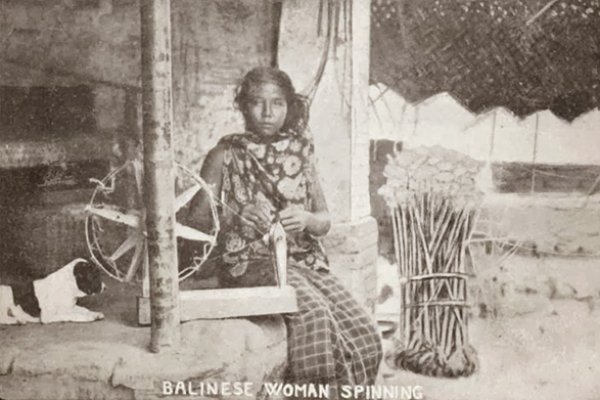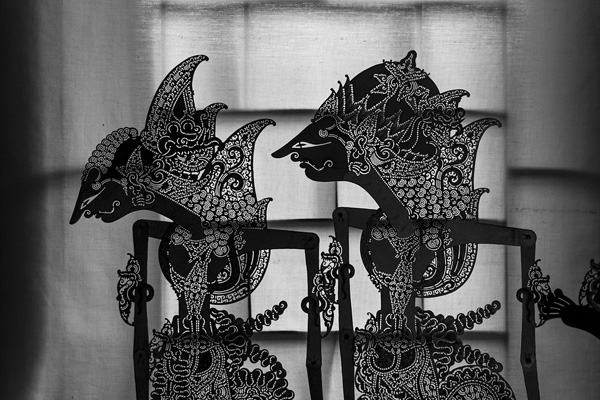The History of Indonesia’s iconic Wayang Kulit
If you’ve never seen a Wayang Kulit shadow puppet play, they’re theatrical tales that depict myths, including scenes from Hindu epics like the Ramayana and the Mahabharata, as well as other folklore interpretations. Even today, these shows are must-see cultural attractions that can be found throughout Java and Bali.
The Wayang Kulit shadow puppets are made of flat leather, painted and braced onto sticks, and performed behind a stretch of white cloth. The sticks are used to move the puppets’ arms, legs, and sometimes even their jaws. A single puppet may take a few weeks to make, whereas the entire set for a long story, which may include hundreds of characters and background puppets, may take years to complete.
In Java, their performances are used in prayer rites (held in Balinese temples) and celebration ceremonies. Gender wayang, a regional style of gamelan playing, is performed alongside Balinese theater productions of the wayang performance. Wayang performances with spiritual themes are highly valued by Balinese Hindus.
Behind the screen, there is a full cast of performers, including a dalang, the puppet master; two ketekong, who sit on the right and left sides of the dalang; and four gamelan players. They must not only be able to perform quickly with dozens of characters (125-130 wayang) in a story, but they must also be able to craft their own sets, be fluent in Javanese Kawi language, have a wide vocal range, great musical senses, and great showmanship to bring the puppets to life within the story.
